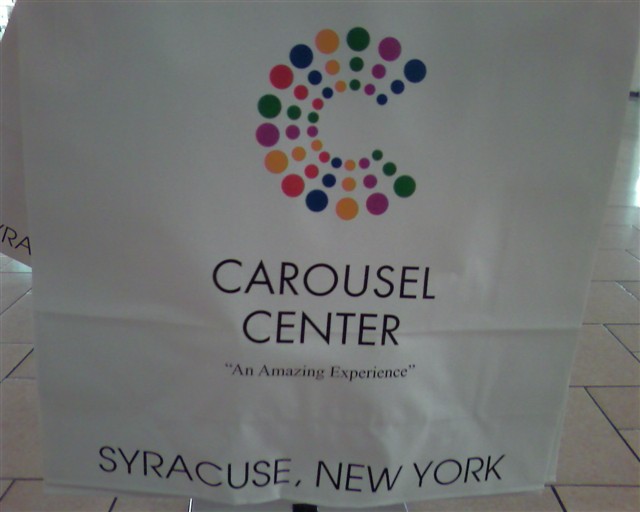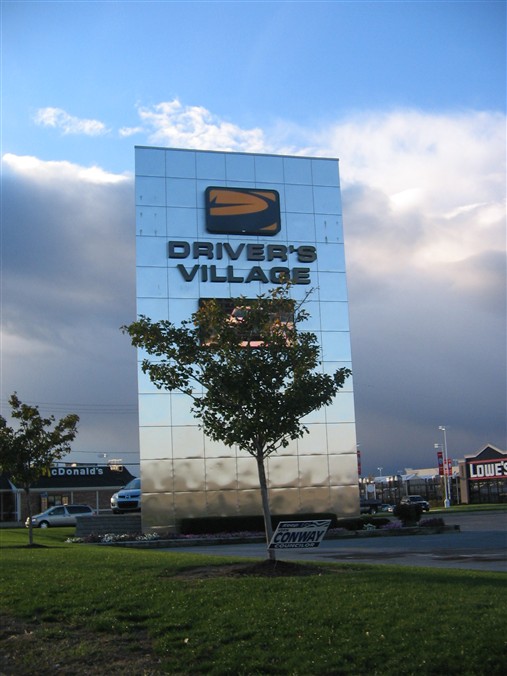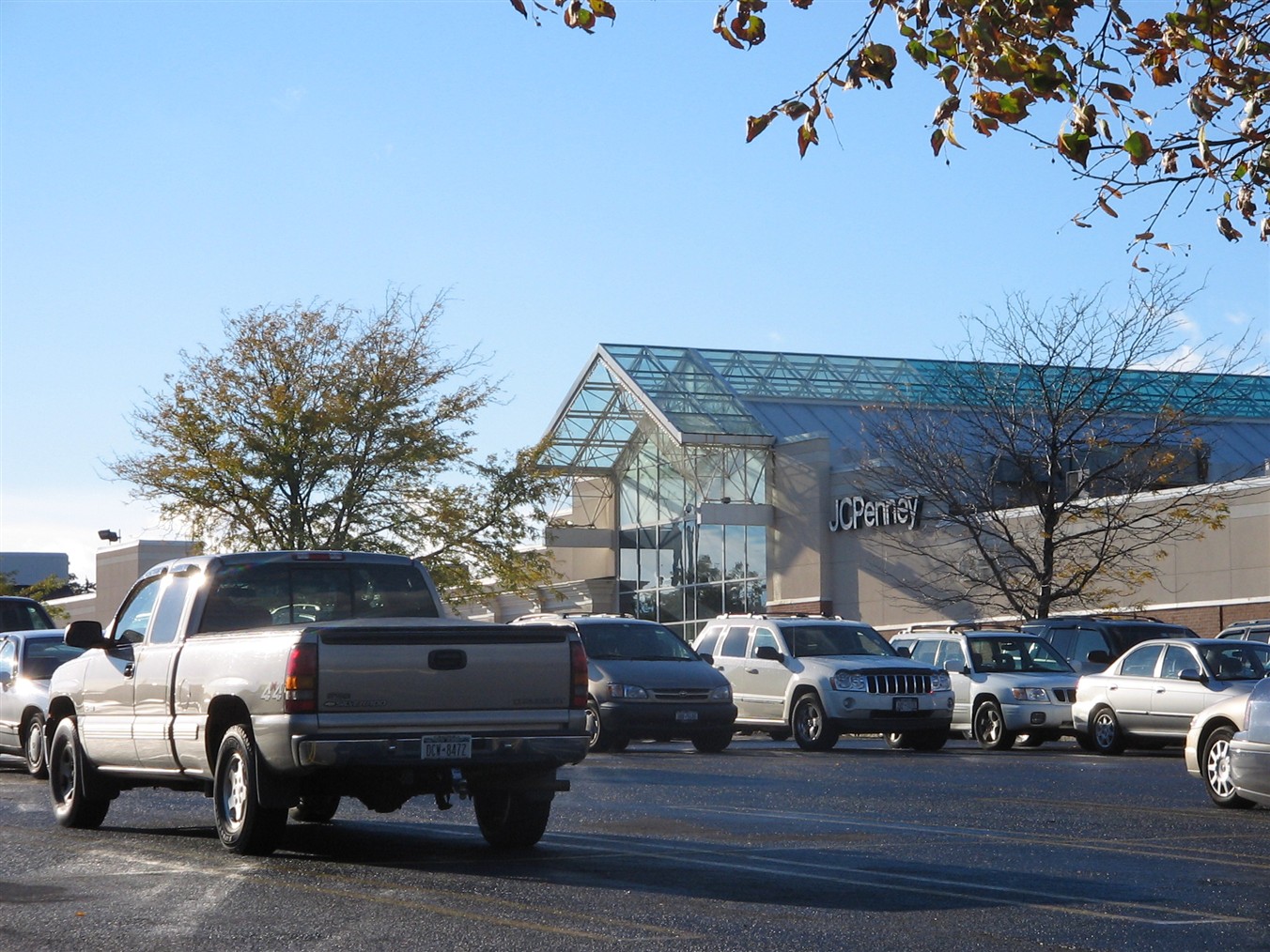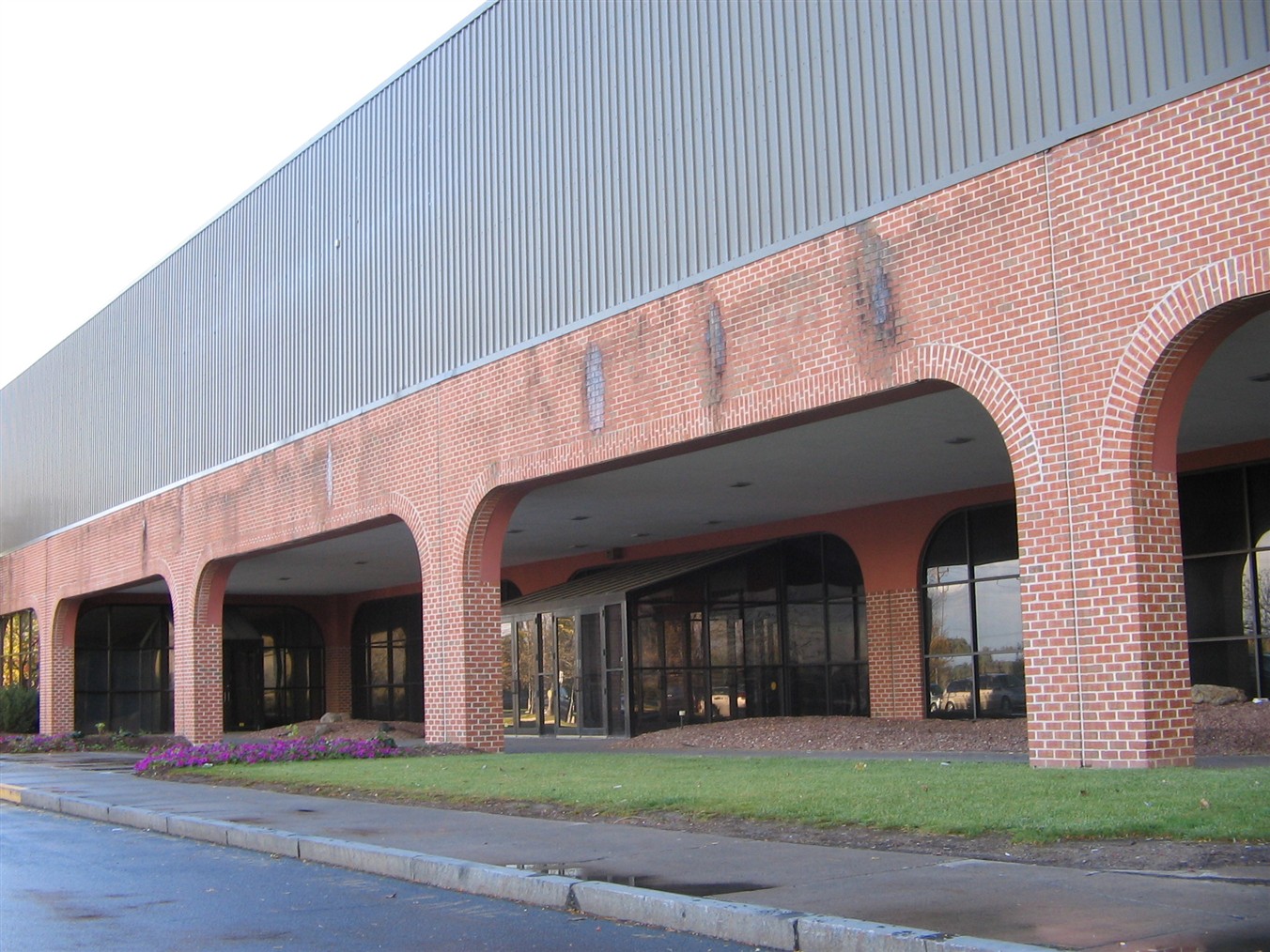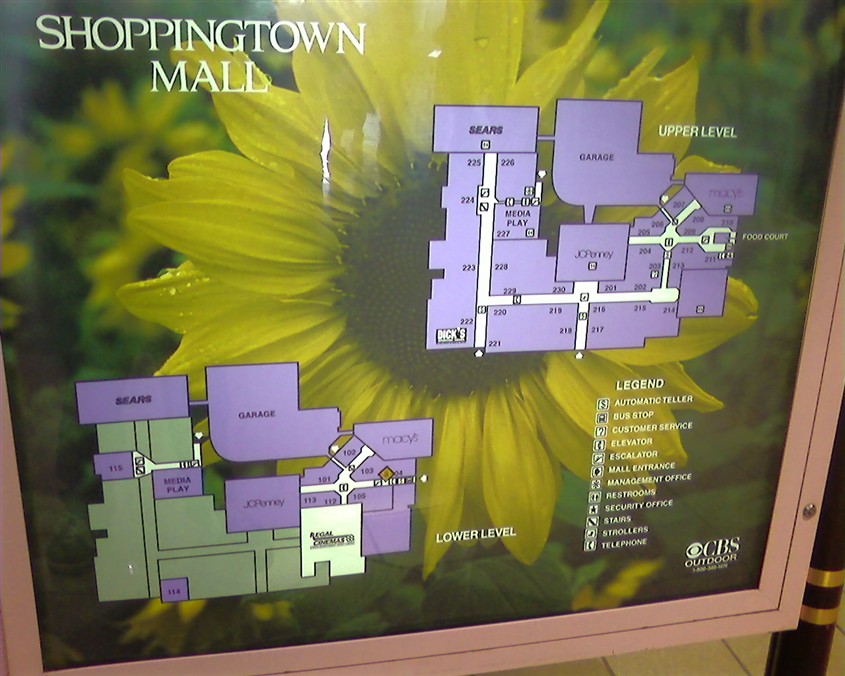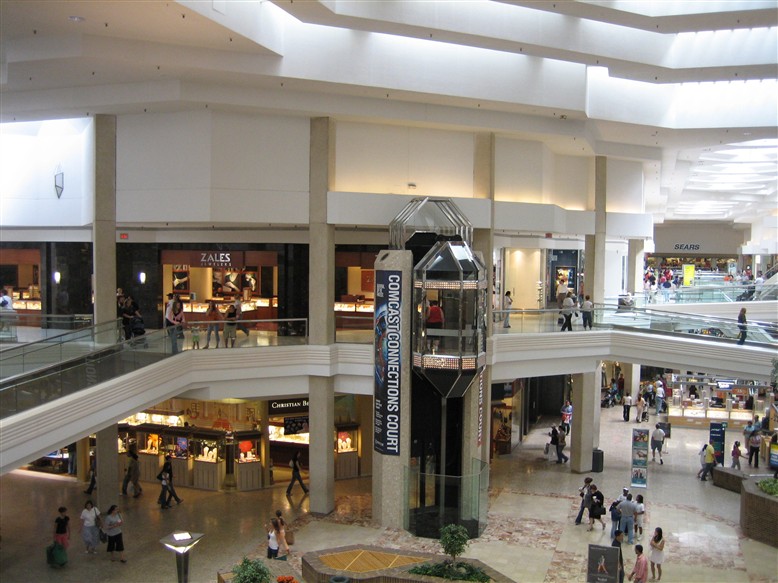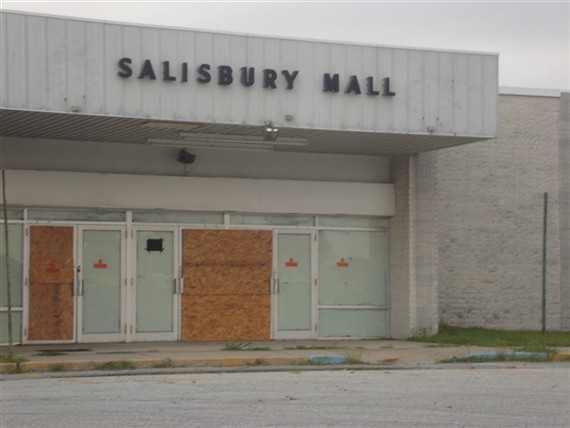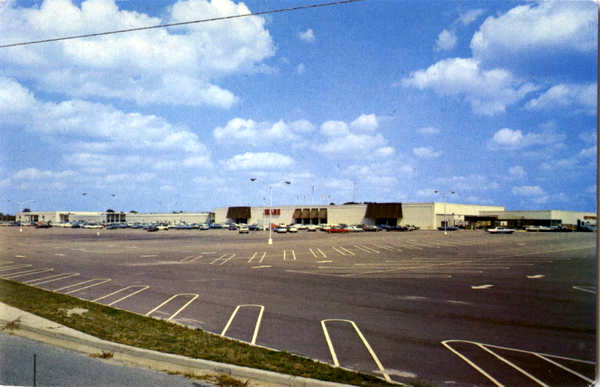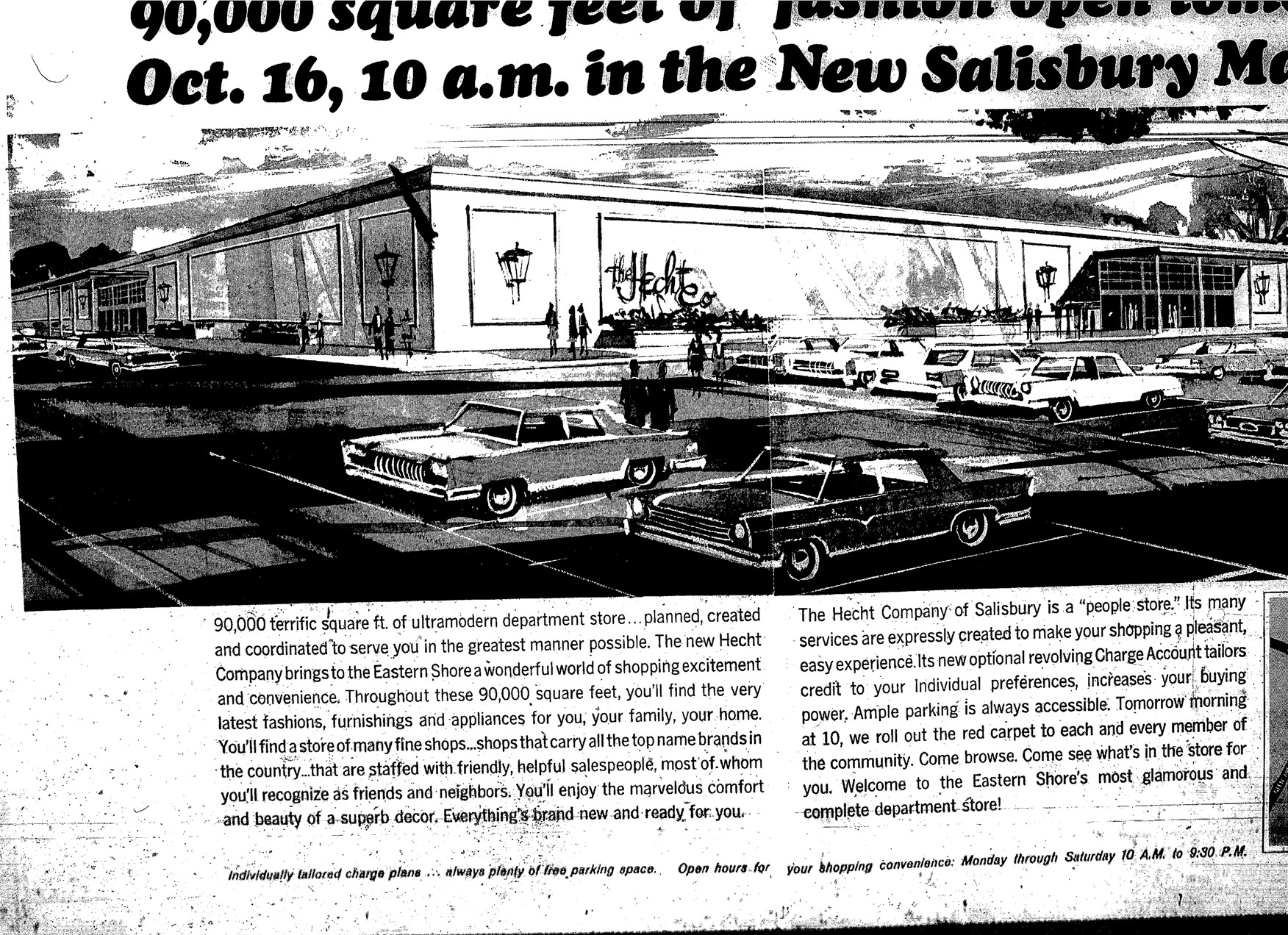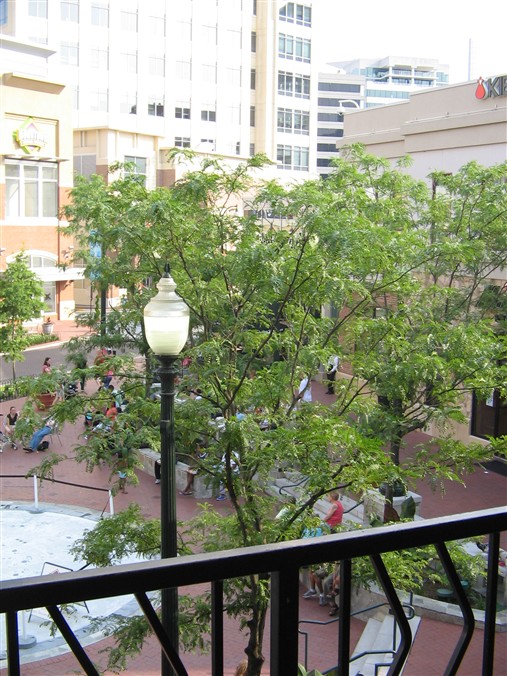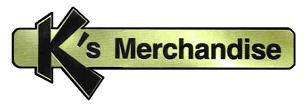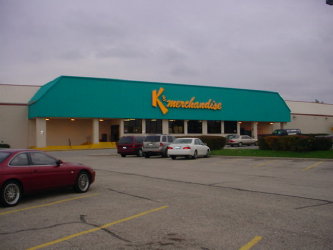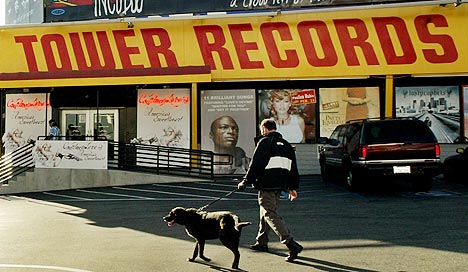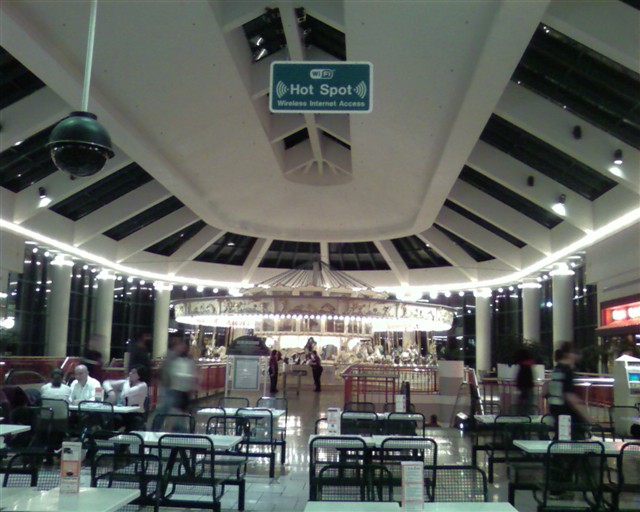
The main course in the Syracuse area is the Carousel Center, the Pyramid Companies‘ 1.5 million-square-foot, seven-level flagship mall built in 1990 on Syracuse’s lakefront; the mall that caused a half dozen others to close. Don’t let the Carousel Center’s relatively-modest square footage fool you: this is a very, very large mall complete with its own zip code and possibly the biggest tourist attraction in all of metro Syracuse.
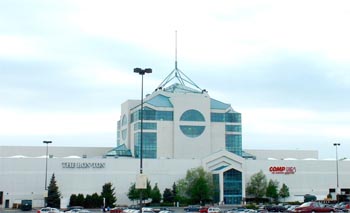 At its core, the Carousel Center is organized in a relatively typical fashion, with two main long levels spanning between two large anchors, and a trio of cross hallways leading to other anchors, a food court, and movie theatres. There’s also a basement level only in the mall’s center court that provides access to the parking lot tucked underneath the mall and also hosts a slew of junior anchor tenants. More unusual is the mall’s upper floors, which only appear in the center court. The mall towers seven stories high, and the upper floors of the Cathedral-like spire are reserved for rentable event space called DestiNY USA. There was once also a skydeck on the top floor but this apparently was turned over to office space for DestiNY USA employees at some point.
At its core, the Carousel Center is organized in a relatively typical fashion, with two main long levels spanning between two large anchors, and a trio of cross hallways leading to other anchors, a food court, and movie theatres. There’s also a basement level only in the mall’s center court that provides access to the parking lot tucked underneath the mall and also hosts a slew of junior anchor tenants. More unusual is the mall’s upper floors, which only appear in the center court. The mall towers seven stories high, and the upper floors of the Cathedral-like spire are reserved for rentable event space called DestiNY USA. There was once also a skydeck on the top floor but this apparently was turned over to office space for DestiNY USA employees at some point.
One of the coolest design elements was one that proved difficult to photograph. Most of the main corridor of the mall featured a canopy-styled canvas roof, which we’ve seen a couple of times before. But this was punctuated on each of the cross hallways by a lightbulb-studded skylight that was actually higher than in the main mall, creating a very strange (and neat!) effect. If you look at the satellite image, you can sort of make out how the ceiling for the cross hallways is notably different than for the main concourse.
The mall’s current anchor roster is very impressive: Macy’s, JCPenney, Lord & Taylor, The Bon Ton, a two-level H&M, Sports Authority, Old Navy Borders, DSW Shoe Warehouse, Regal Cinemas, Best Buy AND Circuit City all occupy space within the mall. In addition, the mall has in the past been the home of Hill’s/Ames, Chapell’s, Lechmere, Steinbach, Kaufmann’s, Nobody Beats the Wiz, HomePlace, Bonwit Teller, and CompUSA, the latter of which was in the midst of a closing sale during our visit.
The Carousel Center’s Wikipedia page has a lot of the coolest information on the mall already, but retail buffs would be interested to know that Carousel Center was the home of the very last Bonwit Teller store. Mall developer Pyramid Companies purchased the struggling retailer in 1990 when Carousel Center was under construction to prevent them from folding, and thus costing Carousel Center its most upscale marquee tenant prior to even opening. The store closed in 2000 and was replaced by H&M.
We visited this big, bustling mall on a Saturday night, which made it nearly impossible to take any exterior photos. It was worth it, however, because there’s just nothing quite like hanging out in a big, bustling mall on a weekend night, and in the Syracuse area, Carousel Center is clearly “it.” I was prepared to hate the place for no other reason than that it killed off so many other malls, but I admit that I was somewhat weak in the face of its charms.
Astoundingly, Carousel Center’s future as a mall is in question. In 2002, The Pyramid Companies announced a plan to expand the Carousel Center to be the largest entertainment and shopping destination in the United States, surpassing The Mall of America in Bloomington, Minnesota. Called DestiNY USA, the overall expansion would bring the center’s total square footage to 4.5 million square feet, including 20,000 hotel rooms, an indoor aquarium, a stadium and performing arts center, an indoor recreation of the Erie canal, three golf courses, and a 100 acre glass-enclosed indoor park. The Pyramid Companies promise the new development would create 120,000 new jobs (!) both here and in a nearby tech park to be part of the project, and would and serve as the largest tourist destination in all of Central and Western New York.
Of course all of this new development doesn’t include much mention of retail. In fact, the Pyramid Companies are attempting to cancel the leases of Macy’s, Lord & Taylor, and JCPenney via eminent domain to redevelop the property. While there would be a new place for them in the completed Carousel Center, Federated Department Stores, owner of both Lord & Taylor and Macy’s, seems to have grown increasingly bitter over the prospect of the redevelopment. An analyst for the company has recommended they exit the center if the redevelopment goes forward, due to concerns about diluting the center with non-shopping patrons and the impact of the redesign on their store layouts. So while it is possible that the future of the Carousel Center is bright and that it may be an almost Disney-like tourist attraction, in the end it may be somewhat less of a “shopping mall”–especially ironic considering that it flattened a handful of its competitors in the past 16 years. Doug Powell once sang that “Video killed the radio star but then committed suicide,” and that’s a particularly apt description for the bizarre conclusion that Carousel Center is headed towards today.




